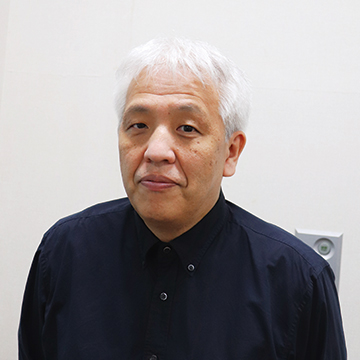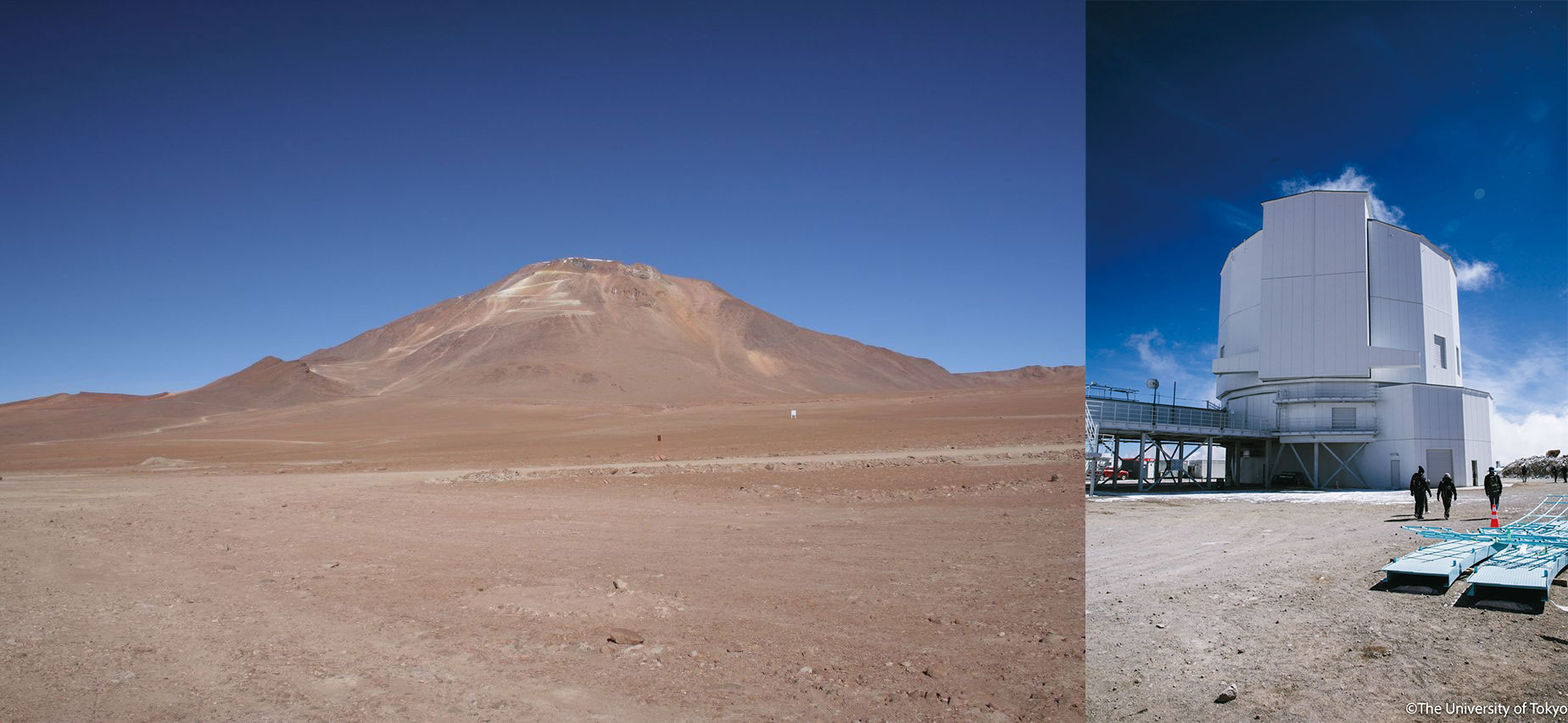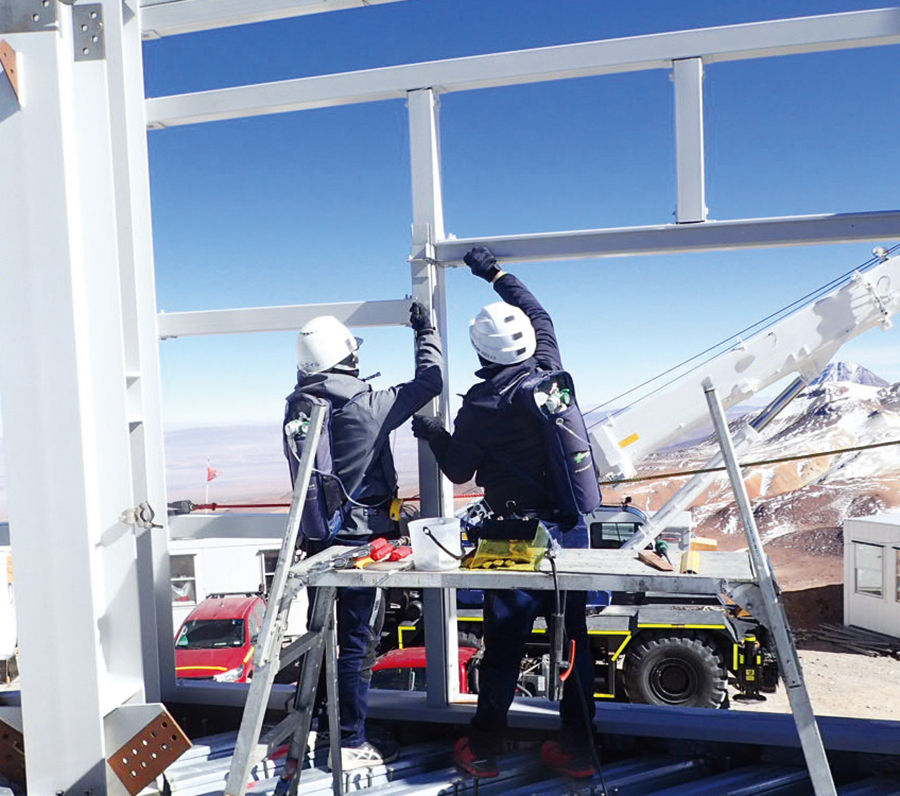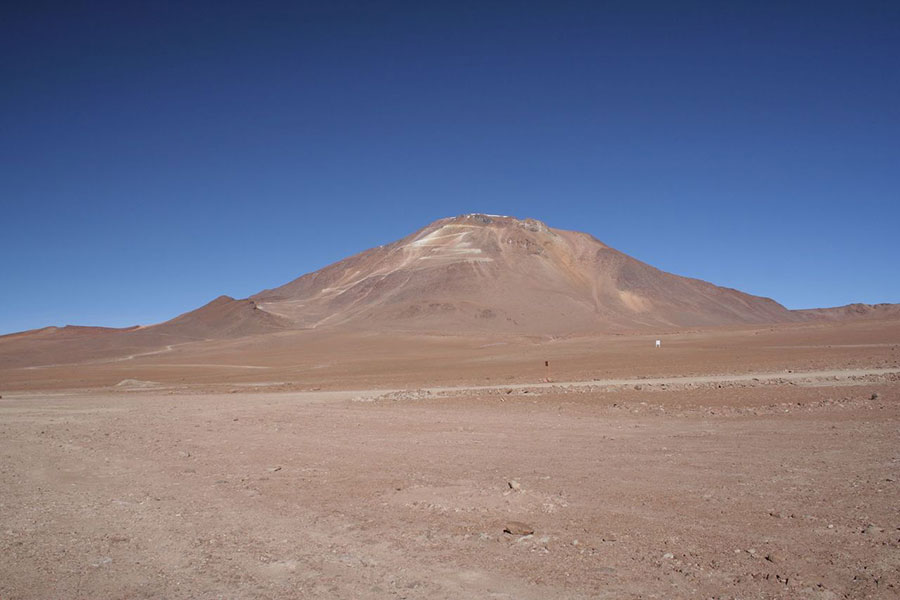polar circles, deserts, volcanic islands, uninhabited islands,
From the high mountains 5640m to the deep sea 5780m
The University of Tokyo Atacama Observatory (TAO) plans to install a 6.5-meter infrared telescope on the top of a high mountain in Chile.
Professor Miyata, who has been involved in the planning for 24 years, aims to begin observations in 2025, traveling back and forth between the Mitaka Astronomy Education and Research Center and the field.
Our goal is to explain the cycle of matter in the universe.
Infrared astronomy  south america
south america
Viewing the distant universe from a 5,640-meter mountain peak with a hint of water vapor
Takashi Miyata
Miyata Takashi
Professor at the Graduate School of Science


Climb a high mountain without oxygen and investigate
It began in 1998 under the leadership of Professor Emeritus Yuzuru Yoshii (who was then a professor at the Graduate School of Science).Tao's plan
It was decided to conduct a field survey to confirm the condition, and I was approached at the Hawaiian Observatory at an altitude of 4,200 metres. There were a total of five people in the group, including researchers from the University of Tokyo and local construction companies. A strong Chilean man wanted to carry an oxygen tank on his shoulders, but he collapsed halfway up the mountain. They had to wait to breathe oxygen from the cylinders, and the remaining four climbed the roadless mountain without oxygen.
After this field survey in 2002, we decided to install a small 1 m diameter TAO telescope as a test. The way was paved in 2006, a 1-meter telescope was installed and observations began in 2009. At the same time, we continued the budget process and began manufacturing the main parts of the 6.5-meter telescope in Japan. In 2018, the road was widened to be wide enough to accommodate a 6.5-meter mirror. After construction was halted due to the coronavirus pandemic, the observation and operation building on the mountaintop was completed in 2023. Installation of the telescope will begin in September 2024, and observations are scheduled to begin in 2025.
The environment at the top of the mountain is harsh. Oxygen cylinders are essential as there is a risk of altitude sickness. Work is limited to a maximum of 8 hours, and overnight stays are not permitted. Until now, high resolution was not necessary because it was construction work, but the telescope requires an accuracy of 10 microns. The more difficult work will continue in the future.


At the Astronomy Education and Research Center in Mitaka, a replica of the medal stands at the entrance to the TAO base facility.
The power of an easily accessible telescope
Regular infrared telescopes can observe wavelengths below 20 microns, but the TAO can observe wavelengths as low as 30 to 40 microns. You can target the region called the “atmospheric window” in astronomy, which is a wavelength where the influence of the atmosphere is small and the universe can be seen clearly. Given the effects of water vapor, telescopes in space are of course more useful, but telescopes on satellites cannot be updated. Even if something breaks or new technology comes along, you can update the equipment on the ground. Students can also try out student-developed equipment. Youth development is also a key mission of the TAO plan promoted by the university.
Since TAO is a university facility, its advantage is that it is easier to use than other telescopes. If there is any unusual event in the universe, it can be noticed immediately, and it is easy to continue observing. With shared telescopes, the opportunities to use them are limited, and people tend to choose observations that have a high probability of success, but with their own telescopes, they can also try observations with a low probability of success. Big discoveries must come from observations that seem like a waste of time.
When a star dies, it becomes a red giant star, spewing out gases, and materials such as carbon and iron are returned to space. There is a physical cycle in which they meet some rhythm and become stars again. I want to understand by observation how matter circulates in the universe. TAO will be a great ally for this. In preparation for the start of observations, I will travel to the other side of the world as director of the Atacama Observatory.



“Travel maven. Beer expert. Subtly charming alcohol fan. Internet junkie. Avid bacon scholar.”









 south america
south america
More Stories
CEO/Director of Sandbox ADV “Core Keeper,” which is selling well in Japan, asks for “ideas for communicating community love” in Japanese
Runway releases “Act-One” that achieves markerless facial motion capture within “Gen-3 Alpha” AI video creation! Available with a paid license
Wolf-Rayet star “WR 140”: a tree-ring-like structure that forms every 8 years[الصورة الفضائية اليوم]|